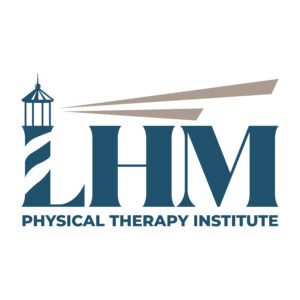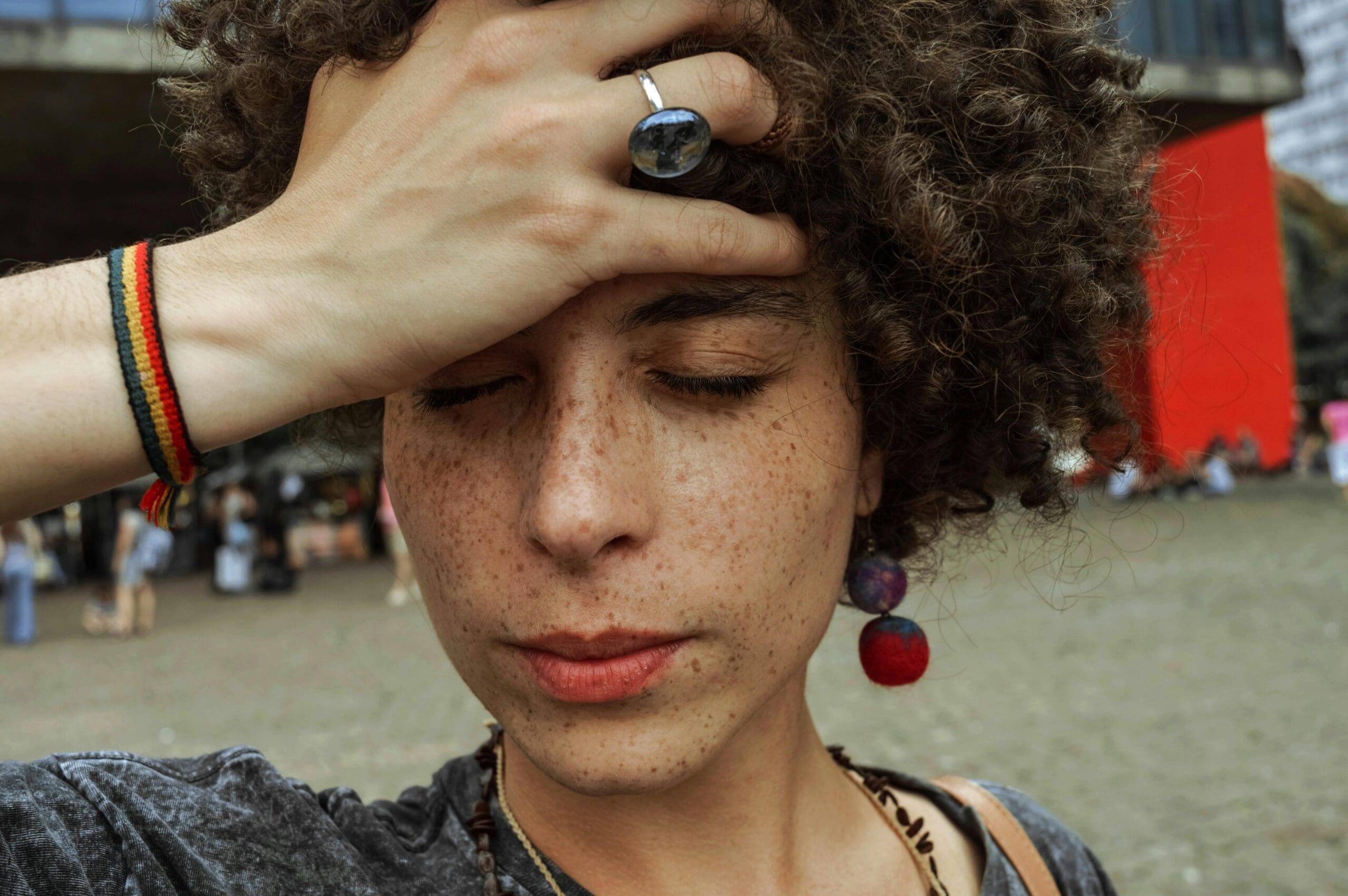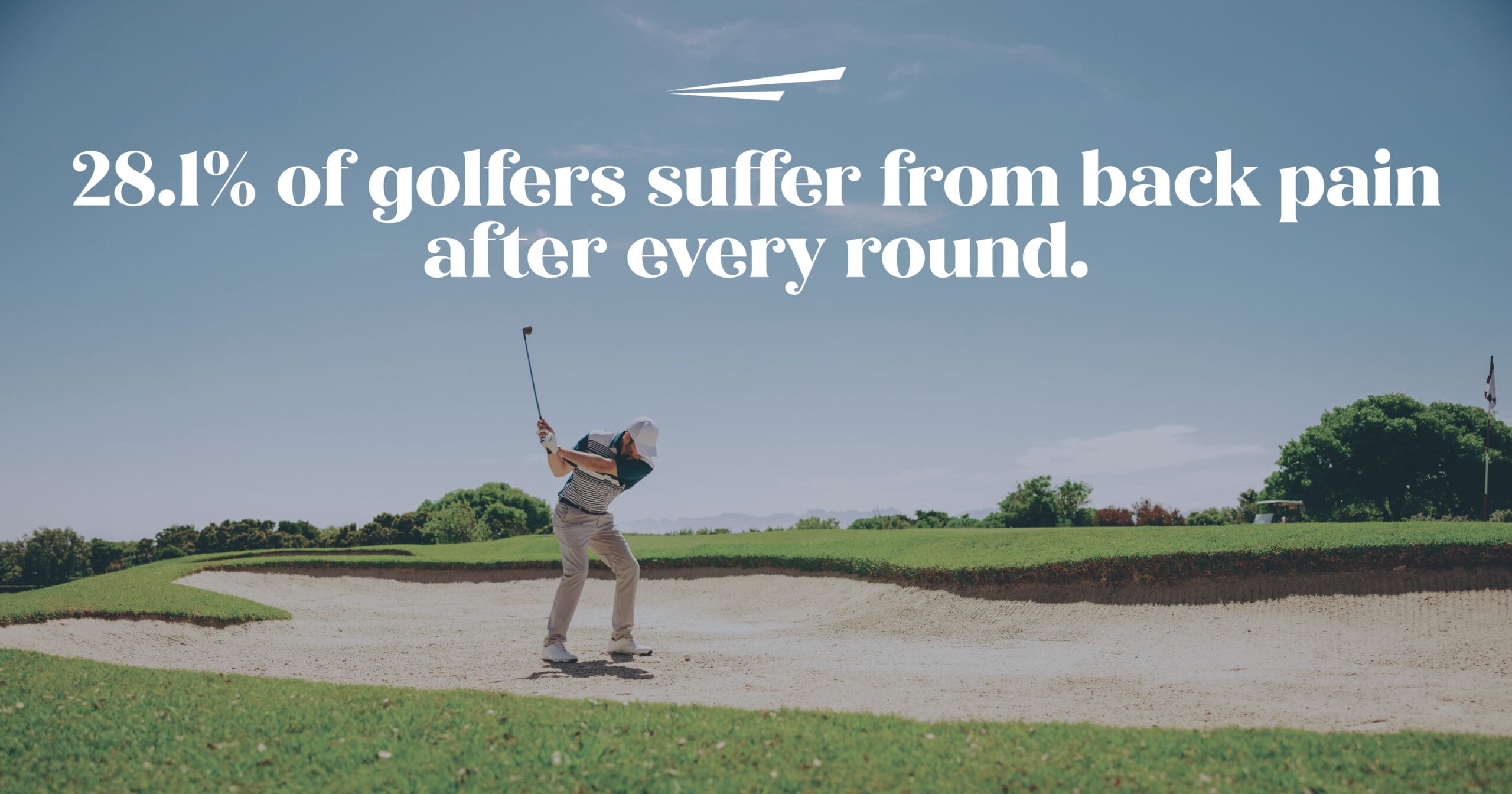
Understanding Concussions: A Guide for Parents & Coaches
By: Heather Derenick, PT, DPT, Cert-AIB VR/CON/VRII, Spring Grove Clinic
Every fall, countless young athletes lace up their cleats and take to the field, eager to compete in their favorite sports. While these experiences are invaluable for personal growth and development, a threat lurks beneath the surface: concussions.
Concussions are a form of traumatic brain injury that can affect anyone, regardless of age or activity level. While often triggered by a blow to the head, their effects extend far beyond the visible bumps or bruises. The real challenge lies in the unseen neurological disruptions that can significantly impact daily life.
Concussion symptoms are highly variable. They may appear immediately or emerge gradually over hours or days, making vigilant monitoring crucial.
There are many physical symptoms of a concussion including:
- Nausea and vomiting
- Neck pain
- Excessive fatigue
- Difficulty with short or long-term memory
- Inability to concentrate or feeling “brain fog”
- Loss of balance
- Motion sensitivity
- Frequent headaches (varying in intensity)
- Sensitivity to light and/or sound
- Disruptions in sleep (including falling or staying asleep)
- Changes in vision
- Reduced reaction times
However, the often-overlooked component is emotional symptoms including:
- Feelings of increased anxiousness
- Mood swings
- Depression
A concussion’s widespread effects can penetrate multiple areas of life, including professional performance, academic achievement, home life management, and interpersonal relationships.
Adapting to the fast-moving world around us following a concussion can be challenging and frustrating. While rest was once the standard of treatment, current research suggests a more nuanced approach which includes early and controlled reintroduction of light activity, tailored interventions to address specific symptoms, and gradual return to normal routines.
Physical therapy can serve as a vital tool to combat and overcome your concussion symptoms. Here’s how we can help:
- Manual interventions: massage, cupping therapy, taping techniques, and stretching that help to reduce neck pain and headaches from muscle tension
- Vestibular therapy and eye exercises: motion desensitization, memory exercises to promote multi-tasking, and improving gaze stability and visual tracking which may provoke symptoms of dizziness
- Neuromuscular re-education: postural and balance training to improve stability, safety, coordination, and reaction time
- Modalities: utilization of heat or ice to help reduce pain
- Therapeutic exercise and activities: endurance and strength training to promote increased levels of fitness for a gradual return to normal activities
- Education: improving sleep hygiene, reducing screen time and exposure to blue light, and resources to help navigate your environment while your brain heals
By understanding the dangers of concussions and taking proactive steps to protect our young athletes, we can create a safer and more enjoyable sports environment for everyone.






